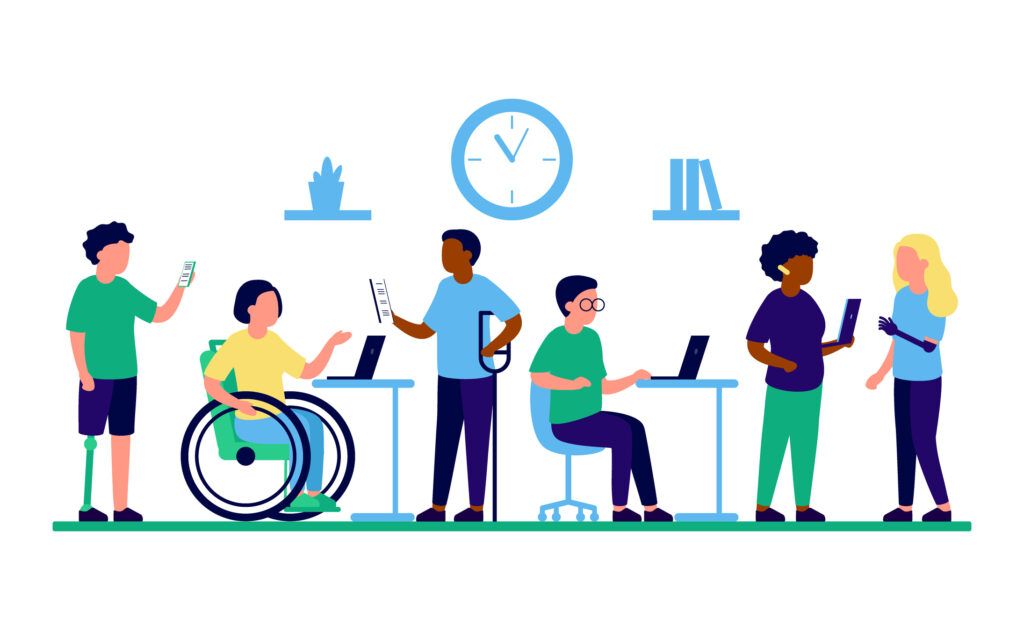Diversity and inclusion
Our diverse teams build tools for an equally diverse audience. At DataGuard we strive to create inclusive experiences for everyone.
When we think about inclusivity, we champion “people-first language”. This means that we keep the individual as the most important part of the sentiment and don’t concentrate on characteristics like gender, sexual orientation, religion, racial group, or ability unless it's absolutely relevant to the discussion.
We will diligently reexamine our word choices as we all learn and grow. There will be change in this space, and that’s okay. Some of this may be new or can be confusing, so if you aren’t sure - ask.
Imagery
All images and graphics which contain people on our platform should reflect the diversity of our company and our society.

DO
Real world diversity in imagery

DON'T
One-dimensional representations
Language & Expressions
We don’t use language or expressions that intentionally or unintentionally excludes or diminishes any groups. We don’t use profanity, swear words or sexual innuendo. Ever.
Below are some examples of how we can consciously choose language and expressions that promote diversity and inclusion.
If you’re unsure about a word or expression, then it's best to simply ask!
DO
"Guide"
DON'T
"Bible"
DO
“Under-represented groups”
DON'T
"Minorities”
DO
“The public”
DON'T
"Citizens”
DO
“Full name”
DON'T
"Christian name"
DO
“People” or “folks”
DON'T
"Guys”
DO
“Beige”
DON'T
"Flesh-colored”
DO
“Off limits”
DON'T
“Sacred cow"
DO
“Partner” or “spouse”
DON'T
"Husband" or "wife”
DO
“Huddle”
DON'T
“Pow-wow”
DO
“A person who is deaf”
DON'T
"A deaf person"
Pronouns
See the Gender section of Language and localisation for more information on pronouns.